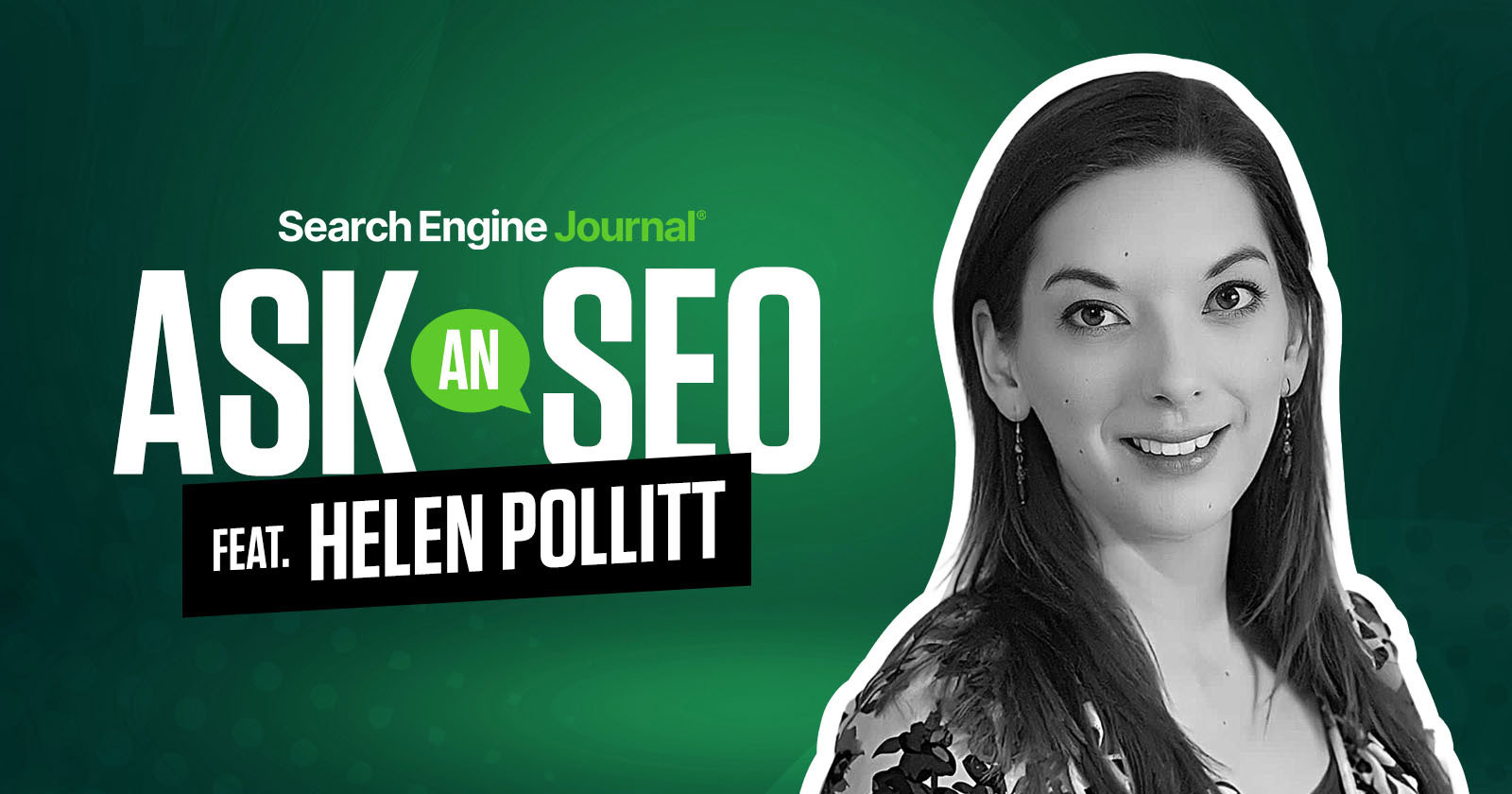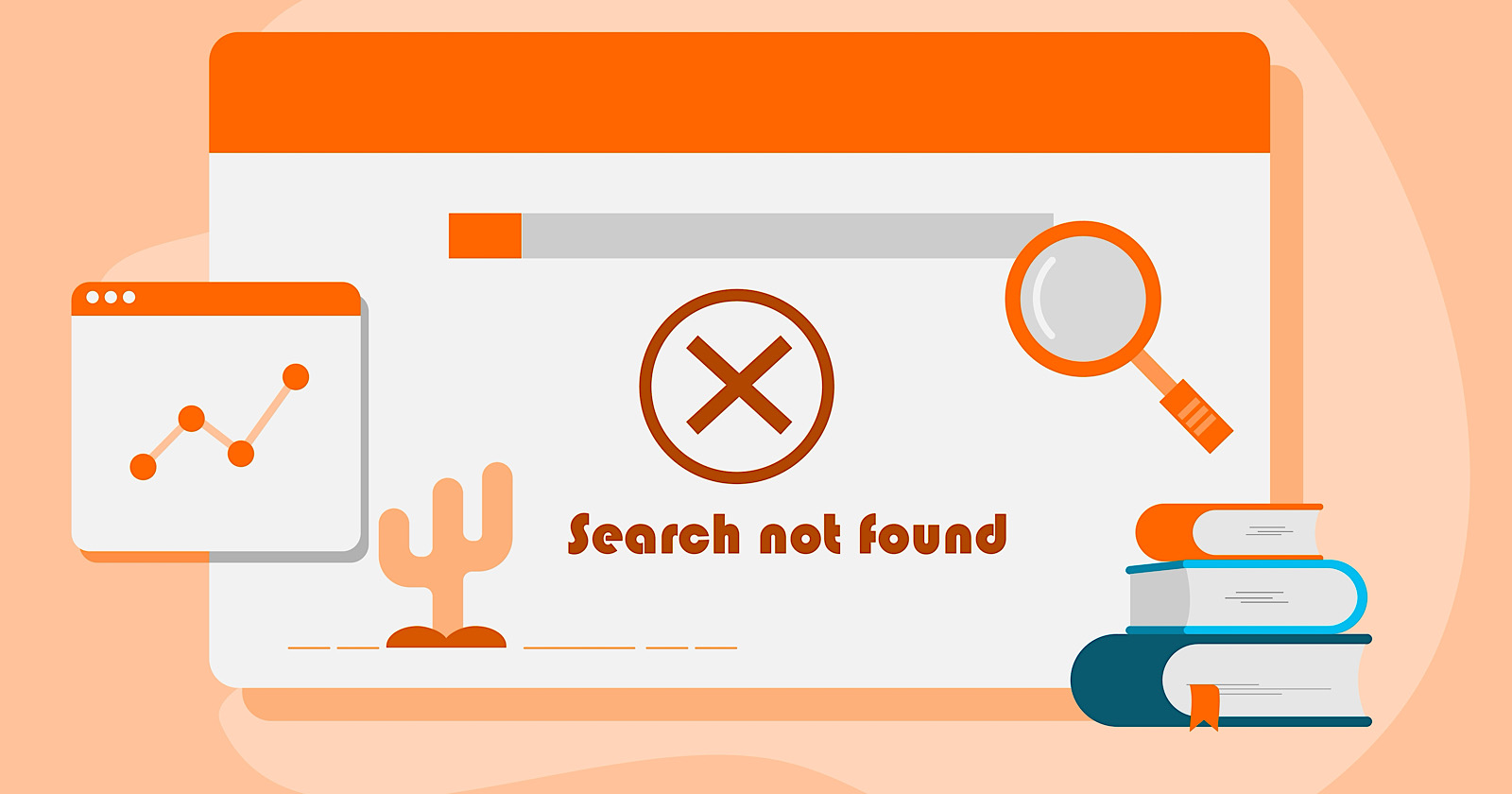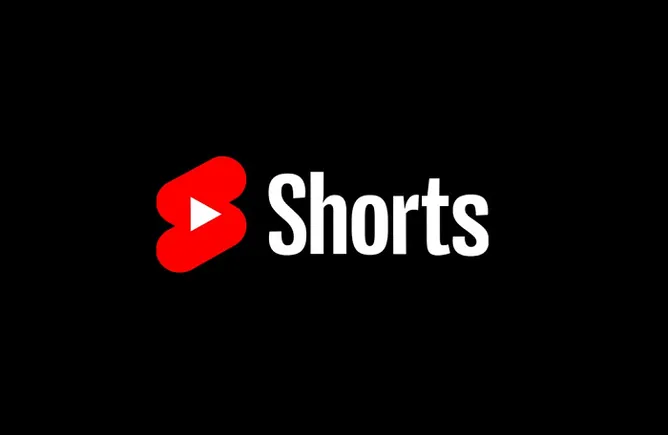The Complete AI Visibility Guide for SEOs, Marketers, and Site Owners
AI visibility is how discoverable your brand is and how often your content gets referenced across AI platforms like ChatGPT, Claude, Google AI Overviews, Google AI Mode, and Perplexity. For example, here I’m using Ahrefs’ Brand Radar to analyze...

Visibility in AI search is still in its early stages, which means you’re not late to the game—you’re actually early. Most businesses haven’t even started tracking their AI mentions, let alone optimizing for them. This creates a genuine first-mover advantage for those who act now. This guide will walk you through everything you need to know about building and improving your AI visibility. AI visibility is how discoverable your brand is and how often your content gets referenced across AI platforms like ChatGPT, Claude, Google AI Overviews, Google AI Mode, and Perplexity. For example, here I’m using Ahrefs’ Brand Radar to analyze Tesla’s AI visibility and benchmark it against competitors. The data tells us that while Tesla has dominated the AI Share of Voice for the past year, its leadership is narrowing. The primary story is BYD’s explosive growth since March 2025, which has fundamentally shifted the competitive landscape from a single dominant brand to a two-brand race. Meanwhile, Lucid and Rivian remain marginal players with negligible AI visibility. This rise of AI search and AI visibility is creating some important changes in marketing: The rise of AI visibility has sparked conversations about Generative Engine Optimization (GEO) and even doubts about the future of traditional SEO. Instead of just trying to rank high on search engines, the goal now is to get your brand mentioned and recommended by AI assistants when people ask questions related to your business. SEOs, this is mostly for you. The metrics you rely on—click-through rates, organic impressions, rank tracking—miss this entire discovery channel. GEO requires new tactics: earning mentions instead of just rankings, building authority through PR and media coverage, and optimizing for being cited rather than just being found. The tactics that worked for traditional search still matter, but they’re not enough anymore. This is also a first-mover opportunity. Companies that figure out how to show up in AI recommendations early will have a big competitive edge—long before everyone else catches on. Brand managers, executives, and business owners should also understand this shift. While you focus on traditional channels, competitors who figure out AI visibility first could build advantages before you realize what’s happening. Again, this requires coordination across PR, content, and marketing teams. This section covers the three fundamentals that will shape your AI visibility strategy: how people search differently now, which AI platforms actually matter for your business, and how AI platforms source their information. Traditional search gives you a list of links to click to get answers. AI search gives you direct answers immediately. This changes user behavior. People get conversational with their queries (e.g., “I have a budget of around $200 and I’m looking for the best email tool. Can you compare some options and recommend which one gives the best value?”) and can ask follow-ups (“What about one with social media add-on?”). Most importantly, they get comprehensive answers without clicking through to websites, which means fewer visits overall but potentially higher-quality visitors who do click through. This seems to be confirmed by the latest study from Kevin Indig. People use the new AI answers as a shortcut for simple facts, like a quick definition or a measurement conversion. It saves them a click. But for anything important, anything involving a purchase, a big decision, or high-stakes topics like health and finance, they don’t fully trust the AI. They see the AI summary as a starting point, and then they scroll down to the traditional blue links to find a trusted brand or authoritative site to get the real story. When it comes to sending traffic, a few AI search platforms stand out: Together, these tools account for nearly all AI-driven traffic today. The numbers come from our AI vs. Search Traffic Analysis dashboard (based on over 50k sites), where you can explore the data yourself for free and track how the trends shift over time. Another AI system to watch is Google’s AI Overviews (AIOs)—a new AI feature built directly into Google Search. As of May 2025, AIOs appear for 9.46% of all desktop keywords, and in the US, that number jumps to 16%. According to Ahrefs Brand Radar, their presence is steadily increasing, showing a clear upward trend. AIOs mostly show for informational queries and source 76% of citations from top-10 ranking pages. When present on a search engine result page, they reduce clicks by ~34.5%. At the same time, AIOs may increase organic search impressions, creating what the industry calls the great decoupling—more visibility doesn’t mean more clicks anymore. AI platforms use two information sources, sometimes combining both: Future models starting from GPT-5 will probably rely more heavily on real-time search, making optimization more important. Start with simple questions your customers might ask. Try obvious ones first: “What’s the best [your type of business]?” or “How do I choose [your product category]?” Then get more specific based on what you actually do. If you sell email marketing software, try “affordable email marketing for small businesses” or “email marketing vs newsletters.” Don’t know what to test? Here are some ideas: Test on different AI platforms. Create a free account on ChatGPT, Claude, and Perplexity (Google AI Overviews appear automatically in some Google searches). Ask the same question on each platform—you’ll be surprised how different the answers can be. One might mention your brand, while another completely ignores you. Also, AI assistants may recommend different products from your lineup for the same query, as in the example below. Ask the same question multiple times. This sounds weird, but AI gives different answers even to identical questions. Try the same prompt 2-3 times on each platform. Yes, this means a lot of conversations, but you can spread this over a few weeks, and it gives you a realistic picture. For example, when I ran the same prompt again in ChatGPT, it gave me a slightly different response; this time with a new way of categorizing the tools and offering different recommendations. Take a close look at how visitors referred by AI behave. They may act differently from regular search traffic. In our recent study, we found that these visitors stayed longer on our site and were likely to convert—probably, they’ve usually done their research before clicking through. Another thing you can do with Ahrefs’ free Webmaster Tools is check which types of content drive visitors to your site and how they interact with it (do they stay longer, do they click through). For context, I recently ran this check on ahrefs.com, looking at a 3-month data period: To get this data, click on AI Search in the Web Analytics tool (part of AWT). Then, you can export it and ask your favorite AI assistant to help you do the data analysis. Manual tracking becomes unmanageable very quickly. You’re dealing with multiple platforms, hundreds of query variations, and a lot of response variability. For competitive analysis, you need consistent tracking over time, which is almost impossible to do by hand. However, the bigger limitation is discovery versus tracking. When you manually test “best email marketing tools,” you’re only checking one specific query you already thought of. You’re tracking what you know to look for, not discovering what you don’t. Tools like Brand Radar automate monitoring across millions of prompts and various AI platforms, which means they can uncover opportunities you never would have found manually. They reveal queries where your competitors get mentioned, but you had no idea those conversations were even happening. To start using Brand Radar, just enter your brand name and your competitors’ names (the tool can even use AI to suggest similar brands). You’ll get a dashboard with data on: For example, imagine you’ve just launched a new product that expands your brand into a bigger market, and now you want to see how your AI visibility stacks up against new competitors. That’s exactly what happened with Monday.com when they introduced their CRM feature—up until then, they were mainly known as a project management tool. You can also save your reports, so you’ll always have access to the same data whenever you need it. If you need to share updates with stakeholders or clients, you can add AI visibility data to a live dashboard using the Report Builder. It will keep everything updated automatically, so the data is always current. In this article, we cover even more use cases of Brand Radar, including how to: Another handy tool is Ahrefs’ Site Explorer. One of its many features lets you quickly check the AI visibility of any website. The AI search landscape is still developing, which means the data and methodologies have some significant constraints you should be aware of. Bottom line: While no tool is perfect, dedicated AI visibility tools remain your best option for systematic tracking and competitive analysis at scale. This new practice of optimizing for AI search is known as Generative Engine Optimization (GEO). The idea is to ensure your brand is visible and accurately represented in AI-generated answers—so it shows up even when users don’t click a link. You might also see it referred to as LLMO or AEO, but the goal is the same: making sure AI assistants include your brand in their responses. Think of it this way: traditional SEO was like competing to have the best storefront on a busy street. GEO is like making sure the local tour guide knows about your business and recommends it to visitors. The good news is that GEO builds on traditional SEO fundamentals—great content, clear structure, and topical authority work for both. You’re just expanding your definition of success beyond clicks to include AI citations and brand mentions. Finally, you don’t always need it to get mentioned or cited by AI. Take Ahrefs, for example—our content and product pages have been referenced 7,470 times across 2,309 pages, all without any effort to optimize for AI visibility. It’s a good reminder that AI isn’t really a brand-new marketing channel; it’s built on the content that’s already out there. Back to the core principles that drive AI visibility. Most brand mentions will come from third-party sites, not your own domain. AI platforms seem to trust external validation over self-promotion. To illustrate, here are the top sources of our brand mentions (no ahrefs.com): So, focus your efforts on getting featured in: According to our research, certain content types get cited by AI more frequently: One more important note: compared to traditional search results, AI assistants tend to favor fresher content. Once you create these assets, make sure to keep them updated. We found that over 80% of AI traffic goes to homepages, product pages, and key tools. Chances are, AI traffic share on your site will look similar. Make these pages AI-friendly: AI platforms prefer content that’s easy to understand and cite: AI platforms clearly favor certain websites when pulling citations, which means you can lean on the platforms AI already trusts. The data highlights some big winners: The takeaway? Go where your audience already spends their time. If they’re asking questions in specific subreddits, that’s where you should show up. If they’re watching YouTube to learn about your industry, that’s where your focus should be. Here’s how you can use Ahrefs to find relevant Reddit threads: As for YouTube, here’s how to find topics where Google cites this platform in AI Overviews: AI mentions gaps are AI responses where competitors are mentioned, but you’re not. By analyzing your AI mention gap, you’ll discover industry publications, review sites, and expert roundups that are warm leads for PR outreach because they’ve already demonstrated interest in covering your market. Here’s how to find your AI mention gap using Ahrefs’ Brand Radar: AI citation gaps are AI responses where competitors’ content gets cited, but yours does not. When AI cites your competitor’s research or quotes their expert opinion, it’s positioning them as the thought leader in your space. Over time, this builds their brand authority while yours remains invisible. Use Brand Radar to show competitor citations without your brand, then identify high-search-volume queries where competitors dominate. Create superior content targeting these specific topics to earn your own citations. To identify your AI citation gap with Brand Radar: AI search isn’t a completely separate marketing channel you need to add to your already-packed strategy. It’s how your existing efforts—content creation, PR, SEO, brand building—now have additional impact you weren’t measuring before. The content you’re already creating can get cited by AI platforms. The PR coverage you’re already pursuing can lead to AI mentions. The industry relationships you’re already building can result in AI recommendations. You don’t need to start from scratch; you need to expand how you define success. So, this isn’t about panicking or dropping everything to chase AI search. It’s about recognizing a timing opportunity and acting while the barrier to entry is still low. So, start testing, learning, and optimizing while there’s still room to make an impact. Got questions or comments? Let me know on LinkedIn.
How AI search changes customer behavior

Major AI platforms you need to know





Training data vs. real-time search in AI search

 Organic keywords report in Ahrefs’ Site Explorer (free in Ahrefs Webmaster Tools).
Organic keywords report in Ahrefs’ Site Explorer (free in Ahrefs Webmaster Tools). 

Content categoryTotal viewsEngagementStrategic insight How-to guides 7315 184 sec time on page Bread-and-butter traffic drivers; AI assistants favor clear, actionable guides. Data studies 6134 207 sec time on page High engagement; authoritative research performs well in AI results and invites further clicks. Homepage 2875 0.53 bounce rate (low) Captures navigational queries; AI assistants surface brand entry points. Listicles (tools) 976 0.84 bounce rate (high) Strong time on page; useful for tool discovery via AI assistants, but high bounce suggests single-visit utility. Definition 747 173 sec time on page Fulfills direct informational queries; AI assistants use these for concise answers. Listicles 585 0.79 bounce rate (high) Good at attracting curiosity clicks from AI summaries. Product 530 0.24 bounce rate (low) Low bounce rate; AI assistants can drive qualified visitors directly to product-related pages. Opinion / thought leadership 282 214 sec time on page Engaging for deeper reads; niche but valuable for brand authority in AI contexts. 






AI tracking tools are not perfect

Build third-party authority

Focus on high-citation content formats

Perfect your primary touchpoints

Format for AI readability
Post on high-authority user-generated content platforms


Find your AI mentions and citation gaps
 Steps 1 and 2.
Steps 1 and 2. Steps 3 and 4.
Steps 3 and 4.
Final thoughts

 ValVades
ValVades 
























![LinkedIn Shares Video Ad Tips [Infographic]](https://imgproxy.divecdn.com/1He_OA-mazutgXKx9WxjaAYWkMY50Xa1DMazKFs39ys/g:ce/rs:fit:770:435/Z3M6Ly9kaXZlc2l0ZS1zdG9yYWdlL2RpdmVpbWFnZS9saW5rZWRpbl92aWRlb19hc19pbmZvXzMucG5n.webp)







